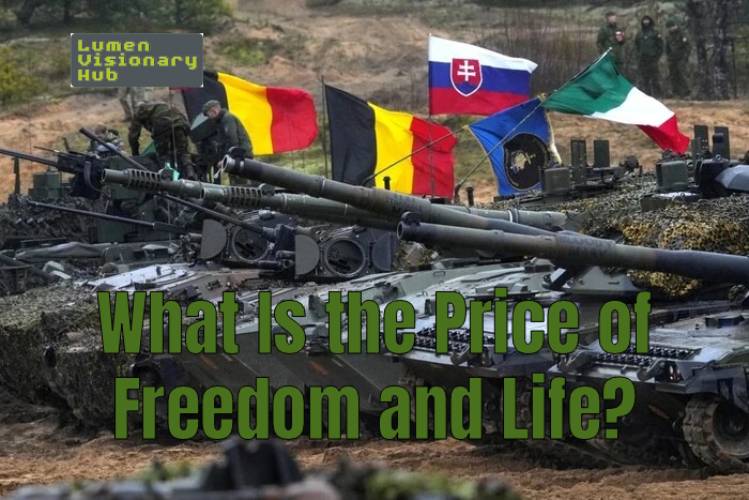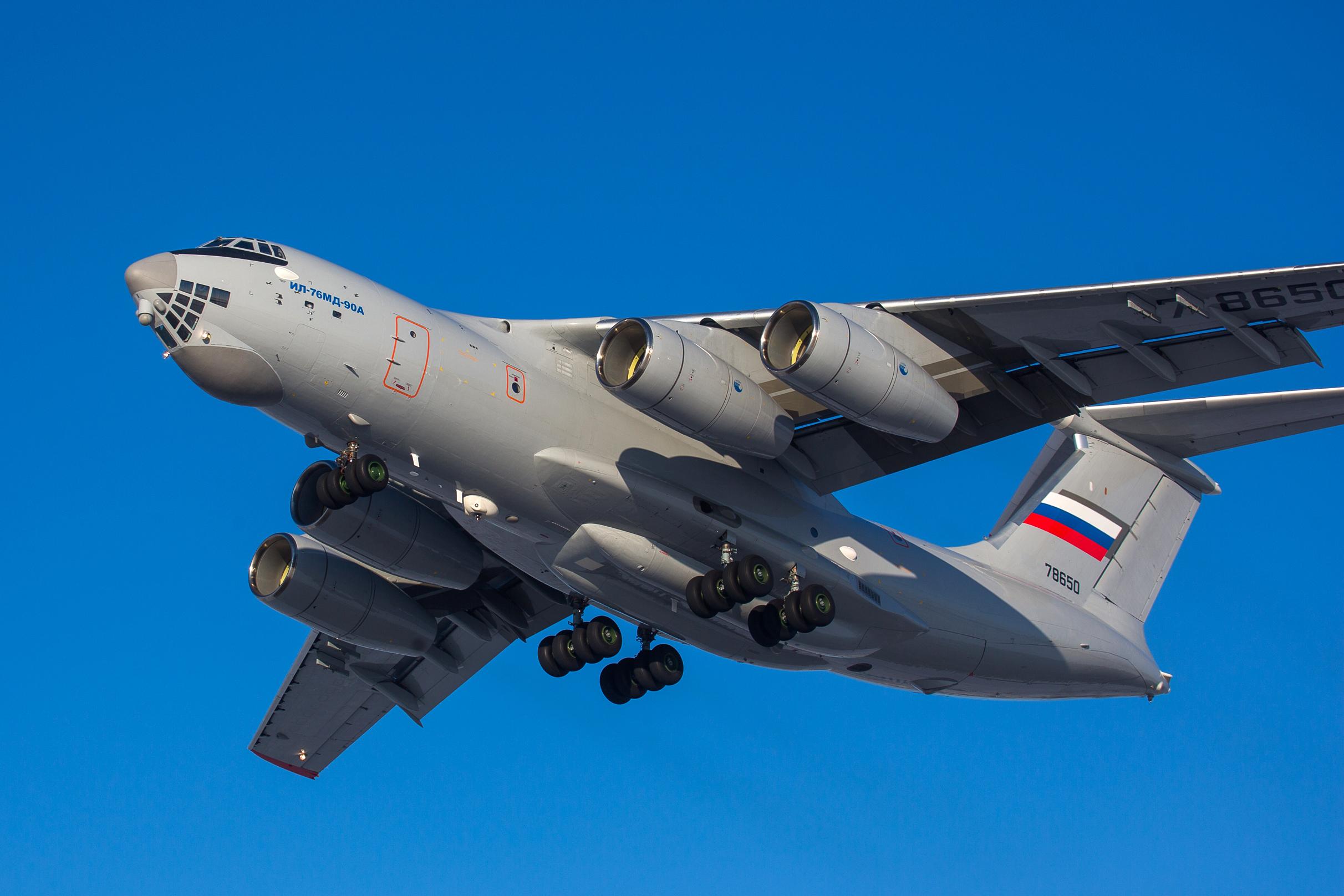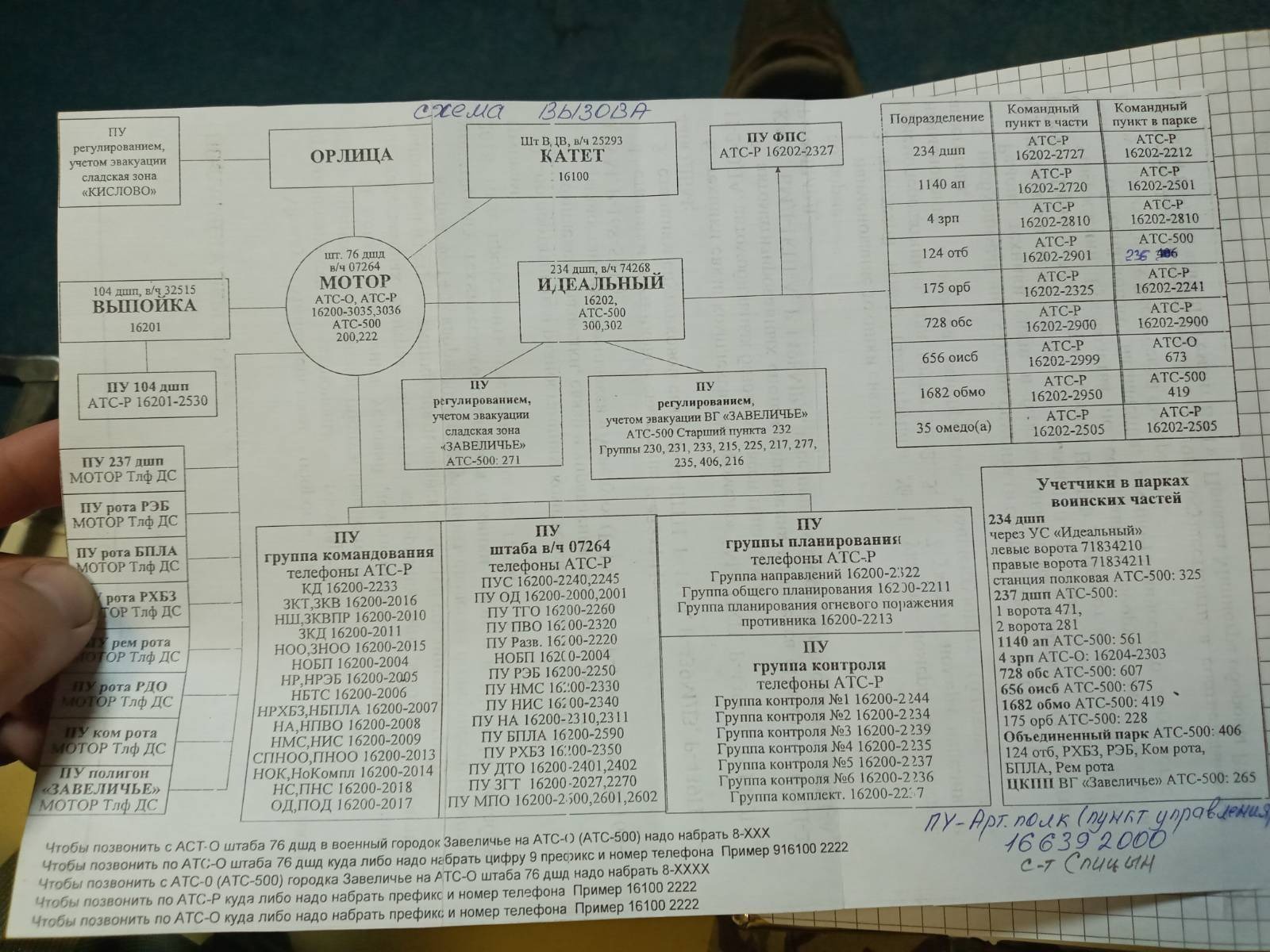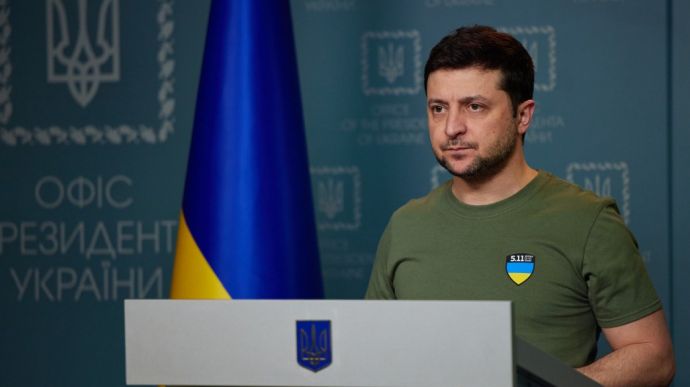The European Defense Agency (EDA) expects record defense spending in 2025—€381 billion. The EDA’s annual report notes that in 2024, EU countries’ defense spending already reached an unprecedented level of €343 billion, which is 19% more than a year earlier. Poland became the leader, allocating about 3.75% of its GDP to defense.
The growth is explained by record orders for equipment, increased investment in research and development, and the desire of EU countries to strengthen their military capabilities in response to Putin’s invasion of one of the states in Europe.
“Europe is spending record amounts on defense to ensure the security of our citizens, and we will not stop there,” said Kaja Kallas, the EU’s foreign policy chief and head of the European Defense Agency.
EDA Director General André Denk called the record figures “an encouraging sign.” At the same time, he said that to achieve NATO’s goal of 3.5% of GDP for defense and more than 5% when infrastructure and civilian components are taken into account, the total investment would require more than €630 billion annually.
According to the agency, in 2024, 25 EU countries increased their defense budgets in real terms, and 16 countries recorded growth of more than 10%.
The cost per professional soldier reached a record €249,000, while investment in military research and development increased by 20% to €13 billion.
The largest amount of money was spent on equipment purchases – €88 billion. In 2025, this amount is projected to exceed €100 billion.
It is worth noting that at the end of August, the Polish government approved a draft budget for 2026, which provides for an increase in defense spending to almost the level agreed at the NATO summit of 5% of GDP.
An unprecedented change in the approach to military spending occurred only after Russia’s full-scale invasion of Ukraine in 2022. In response to the deteriorating international situation, an ambitious financial target of 5% of GDP was adopted at this year’s NATO summit in The Hague.
Now, in peacetime, such expenditures may seem very large to us. But they can no longer be stopped. And it is obvious that expenditures will continue to increase. They will increase even before active hostilities between groups of countries begin. But defense spending will skyrocket during combat operations. There is no limit. And there will be no stopping it. As long as humanity exists.
And it’s not just that more metal, gunpowder, fuel, various weapons, equipment, and people will be used. The thing is, the governments of EU member states will have to pay compensation for many of their citizens who are killed or wounded.
For example, the current losses in the Russian-Ukrainian war are as follows. Ukraine has lost between 60,000 and 100,000 people killed and about 300,000 wounded. Russia has lost 315,000 people killed and over 900,000 wounded. These are unofficial figures and neither of the warring parties acknowledges them. But even though these are approximate figures, they give us an idea of the scale of the losses. Such are the realities of war — losses are inevitable.
Therefore, as long as Ukraine holds out, the entire burden of military losses falls on it. And we still have time to prepare and build up our potential to withstand future conflicts and wars.








